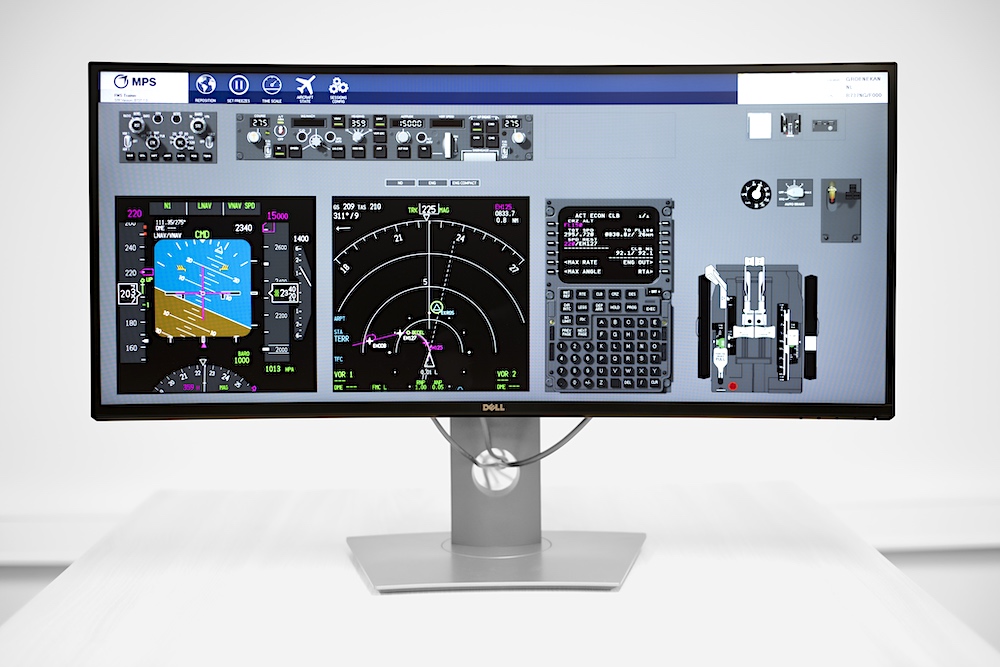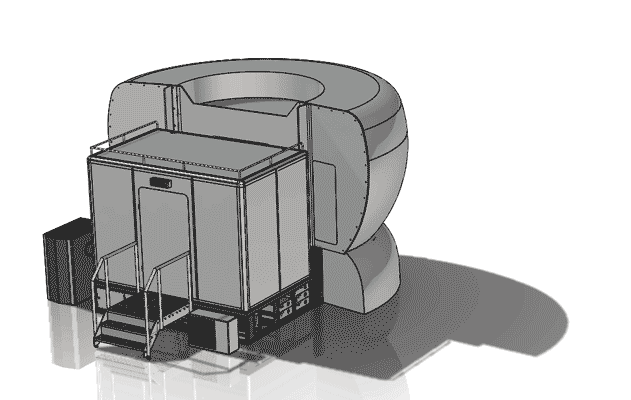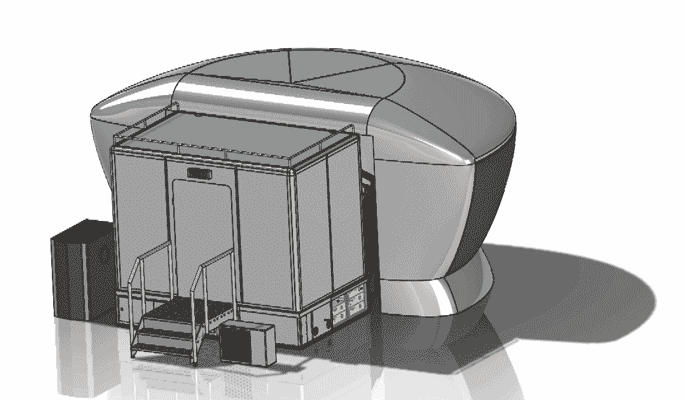Despite COVID-19, many universities across the world are welcoming back students for fall semester during this time of year. For a lot of students, the way learning will take place this year has changed significantly. Pilot training programs in particular may look a lot different given all the changes the pandemic has brought on. Unfortunately programs might see less students returning to campus to finish their education while protective measures set by schools may limit in-person simulator and instruction time. Additionally, with thousands of layoffs across the major airlines, morale could be lower than usual for both students and staff. This is not only true for higher education programs but also for flight schools who may face similar issues. However, there is a light at the end of the tunnel!
The current situation, as impactful as it is, only delays the further expansion of the industry by some years and the pilot shortage foreseen to hit the industry will still exist once traffic picks up. Not only this, these unprecedented times present those of us already in the field more opportunity than ever to improve the current pilot training paradigm to improve quality, efficiency and safety while catering to the learning styles of the new generation of pilots.
We have all learned a lot about staying at home over the last few months (to such extent that many spouses have been calling crew scheduling to get their significant other out of the house) but we have also seen that in both aviation and the education fields, we can successfully integrate new ways of learning into the current way we do things. The new generation is witty, able to adapt and is setting the bar high for us to improve the way we train. Now is the perfect time to make the change given that students are already making use of virtual classrooms, integrated learning and new technology.
In the past, high quality training was dependent upon very expensive equipment. It also required students to travel to a device to undergo training. With current innovations, for example MPS SMART solutions which support remote training, we now have the possibility to bring high quality training closer to the student through their computer or iPad. Many professional learning organizations around the world are discussing these opportunities with us, following in the footsteps of several universities that we already support in this way.
To university and flight school staff, but especially all incoming or returning students, I wish you the best of luck this year in your studies. Before you change your major or decide against becoming a pilot, let me reassure you that a career path in aviation is both exciting and sustainable. Please also remember that we will always need pilots. This time of low demand will pass. Those of us in the field welcome your young and bright minds with open arms. We look forward to the changes your generation will bring to aviation and will cherish the adaptability you will gain from training during these difficult days.
Stay safe and healthy and continue to work hard to accomplish your dreams! In the meantime, those of us who are in the field will work hard to make the much-needed improvements to training to support your generation and generations to come.


